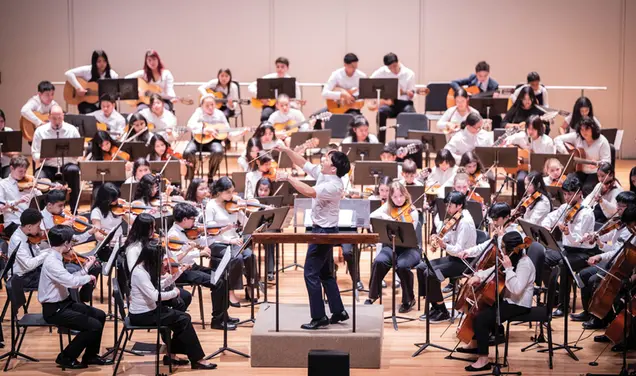In his speech at the annual dinner of the Alumni Association of Maryland held in Baltimore on March 26, President Dodds took issue with critics of the educational content of the Army and Navy college training programs. An amplification of his remarks follows:
The Army and Navy training programs have been the object of severe criticism by educators who have felt that they subordinated the values of a normal college education to short-term technical and scientific training. Now that the details of the programs have been made known, much of the earlier criticism must be modified. The young soldiers who will be selected for the Army specialized training program will study a basic curriculum of college subjects at high college standards.
In addition to courses in science and mathematics, the Army trainees in the basic curriculum will take stiff courses in history, English and geography. Planned by a group of able educators, they are probably much superior for the purpose in hand to courses now being given in most American colleges. The planning does not take the form of a rigidly prescribed program. Rather the planners have formulated a set of objectives and have left to the colleges to decide the best way to attain the objectives.
For each course a number of available text books are suggested, but the choice is never limited to these suggested texts. The suggested readings in history and English are well integrated and include some of the outstanding books of the English-speaking world. These courses will be a challenge to members of our faculties and will perhaps blaze some new trails in college instruction worthy of being followed after the war. The colleges are given wide freedom in materials and methods of instruction and the courses are to be taught in a scholarly manner and not from the standpoint of mere propaganda.
Following a basic course of three terms the Army trainees, if properly qualified, will proceed to further specialized training or officer training as their capacities indicate.
Although the Navy’s course of study, as compared with the Army’s is primarily devoted to the preparation of future officers, the two curricula resemble each other to a considerable degree. Earlier unfavorable criticism of the Army’s program as contrasted with the Navy’s must be corrected in the light of the programs as finally announced. While both emphasize science, mathematics and engineering, all subjects will have sound educational and disciplinary value.
By this time it should be generally understood why emphasis is being placed on these subjects at the expense of the humanities and the social studies. The type of warfare in which we are engaged is vastly different from that of World War I. There will probably be little of the trench fighting which was so usual between 1914 and 1918. The complex mechanisms and tactics used in modern war require specially trained and disciplined minds for effective operations under combat conditions. The time for preparing them is short and the armed services and the colleges are engaged in a vast cooperative race against time to train the minds and bodies of young men for highly technical warfare. There is a tremendous opportunity for the college faculties to contribute what no one else can offer towards the winning of the war. If time permitted, a program providing more of the normal curriculum of a college education would be desirable. But the urgency being what it is, it is the duty of the colleges to accept the training responsibilities put upon them by the services and to see that the freedom in instruction which has been granted them be utilized to develop the best possible product in the time available.
The students coming to the colleges will be carefully selected. They will live under a cadet system requiring punctuality, self-discipline and sustained application to study. This should have a real tonic effect both on the students and on university faculties. In recent years the atmosphere of most campuses has been most informal and relaxed, perhaps too much so. It may eb that we shall learn something for future education from our experience with the more rigorous discipline which will prevail in both the Army and Navy programs of instruction.
Probably most interesting of all to teachers of the humanities and the social sciences are the courses to be given to soldiers in the field of area and language studies. These courses are designed to assist prospective commissioned and non-commissioned officers to take an outstanding part in the assimilation of occupied countries to the allied cause. The courses will aid materially in developing in intelligent men that understanding and restraint which will permit the American Army to develop the friendship of people long subject to Axis domination. Not only will soldiers be taught, so far as possible, the language spoken by the people whose territory they must conquer, but their customs, political and social institutions, economic arrangements and political attitudes, as well. The area and language courses constitute a tremendous challenge to American educators because they will be training young men throughout the ranks of American combat forces to become the first-line exponents of civilized traditions in their dealings with a wide variety of peoples throughout the world.
On the whole, the colleges should be pleased with the rigorous nature and ambitious objectives of the training courses. Student trainees will be tested by external examinations from time to time and success or failure of the teachers will be as evident as that of the students. While in general the part assigned to the humanities and the social sciences will be slight, the well-articulated curriculum in history, English and geography will give an opportunity for us to prepare young men for warfare with a well-grounded understanding of the cause for which we are fighting far beyond what was attained in the war aims courses of the last war.
This was originally published in the April 9, 1943 issue of PAW.










No responses yet